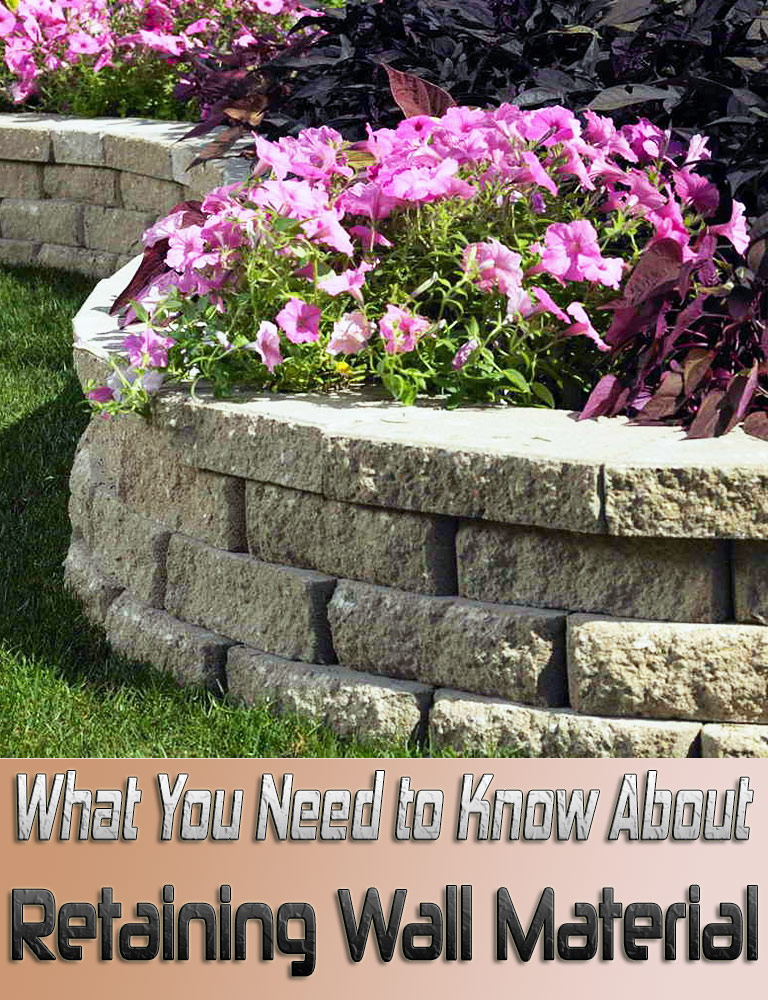
Learn about and compare natural stone, wood timber and stacked concrete block retaining wall systems. The article shows installation methods and discusses advantages of each retaining wall material.
Concrete blocks

Modern concrete block walls are fairly sophisticated systems designed for strength as well as for fast, easy assembly. You simply stack the blocks on top of one another and secure them with pins, clips or interlocking edges. They’re designed to be set on a compacted gravel base. This allows them to flex slightly with ground movement and still remain strong. They’re available in a wide variety of styles in two basic sizes.
The garden wall size is the most common. These are relatively small (about 12 in. long x 4 in. high) and work best for accent walls around the yard and garden up to about 30 in. high. They’re perfect for terracing or building a raised planter. They’re lightweight (less than 25 lbs.), quick to install and widely available at home centers, nurseries and landscape supply outlets. You can usually build a wall with this size block in a weekend.
For heavy-duty walls up to 30 ft. tall, go with full-size blocks. They’re 16 to 18 in. long x 6 to 8 in. high and weigh 50 to 75 lbs. You’ll typically find them at landscape supply yards. Working with these blocks is a big job best left to pros. Big walls usually entail excavating and moving tons of soil and gravel as well as the heavy block itself. Walls over 4 ft. tall must be designed by a licensed engineer to ensure adequate strength.
If you think concrete block walls look cold and commercial, look again. You now have a wide variety of shapes, textures and colors to choose from. Select one that blends well with your yard, gardens and the exterior of your home. If possible, look at a completed wall to get the best idea of the appearance. Almost every manufacturer produces these four main styles.
Full-size block wall
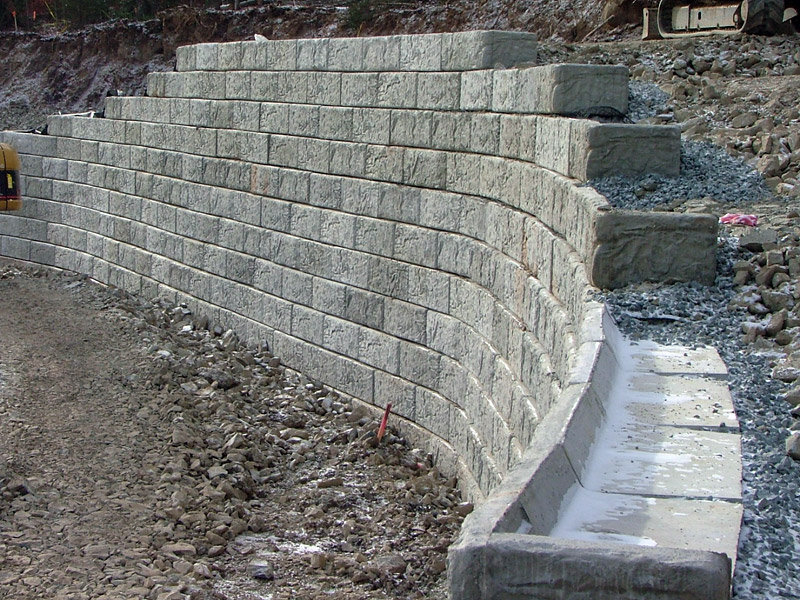
Large, heavy-duty walls are usually built with full-size blocks and may require professional engineering and construction.
Three-way split block

This is the block style that started it all. The corners are split off the face of this block, leaving a highly textured, rounded surface. These are usually the best choice for tighter curves
Flat-face block
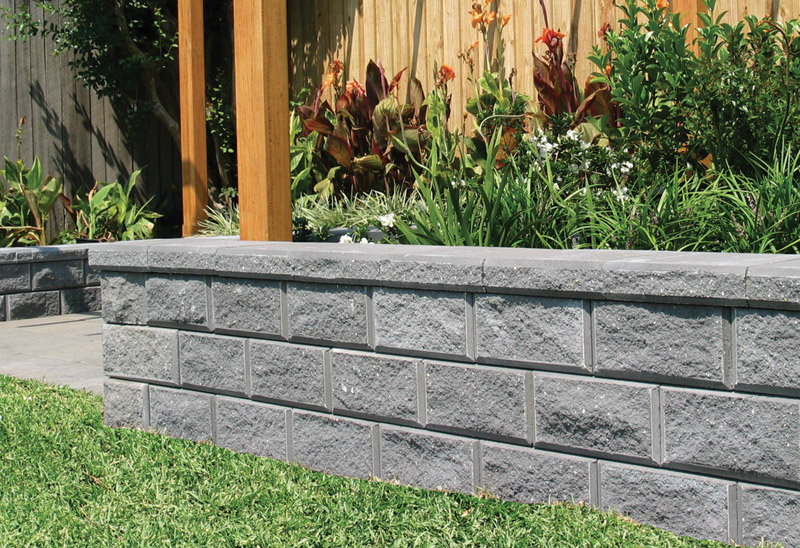
This style of block has an even-textured face. When stacked, they have the classical look of chiseled stone. The uniform texture provides a good backdrop for a garden or a visual base to a house. Its muted appearance will look in style for years to come. The size of block varies. As a general rule, use the small sizes for smaller walls.
Tumbled or weathered block
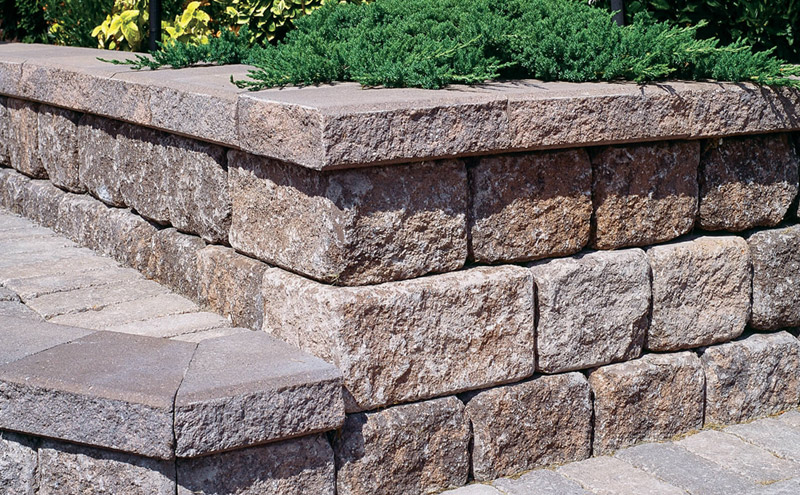
This is a hybrid of the flat face block. The edges are rounded to soften its appearance and make it look more weathered and natural. Different length blocks can be mixed to further vary the look.
Mosaics or ashlars
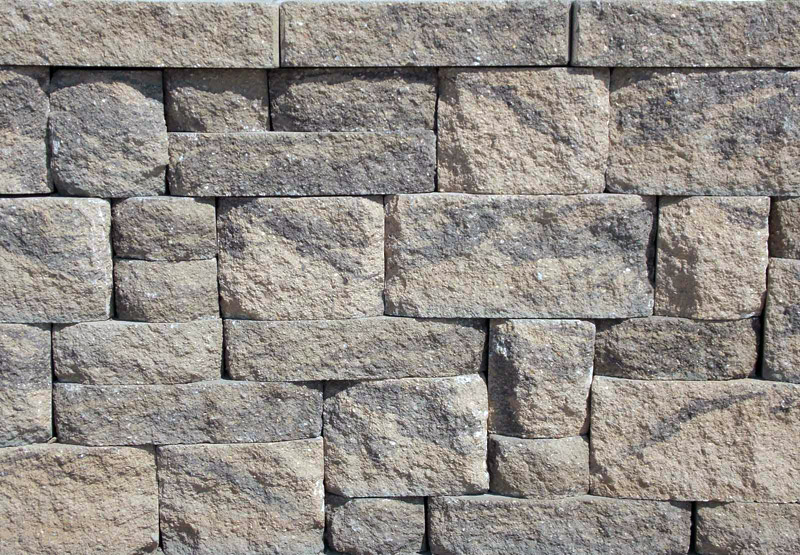
This handsome variation integrates different sizes to give a varied, custom-fitted look to the wall. This block works best for straight walls. Curved walls in this style require more building experience and block cutting. This type also requires more expert advice for planning curves, corners, stairs and other details.
Stacking systems for concrete block
Almost every style of block is made in two weights and in one of several stacking systems, depending on the manufacturer. The stacking system evenly spaces the blocks, holds them in place and allows the flexibility required for corners, curves, steps and other design features. Pick the weight and stacking system that best handles the design details of your wall.
Solid and semi-solid
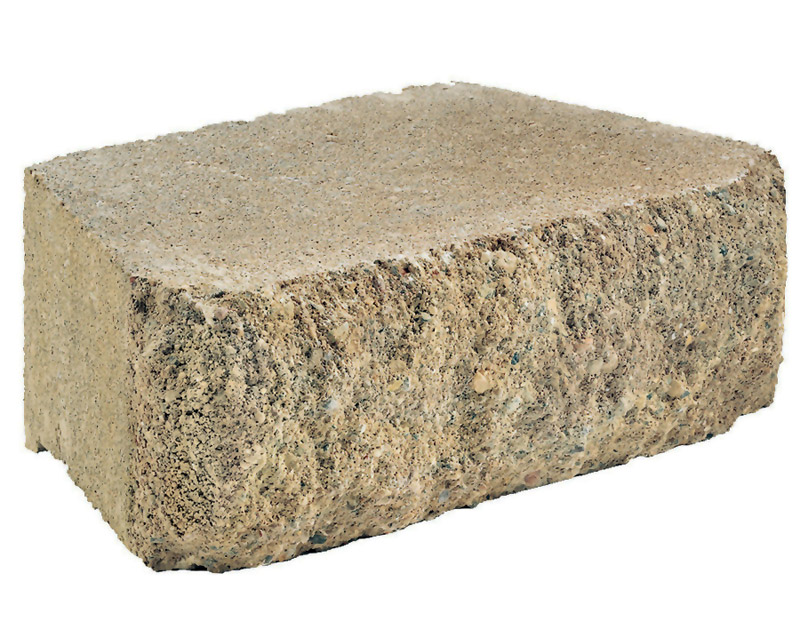
Solid and semi-solid blocks are heavy (up to 75 lbs.) but the most versatile. You can simply split them to form 90-degree corners or any other angle, rather than having to order special blocks. However, you’ll have to rent a splitter or have the landscape yard split the blocks for you. You can also order special corners if you don’t want to split them. Some types won’t require special cap blocks, although cap blocks look better.
Hollow core
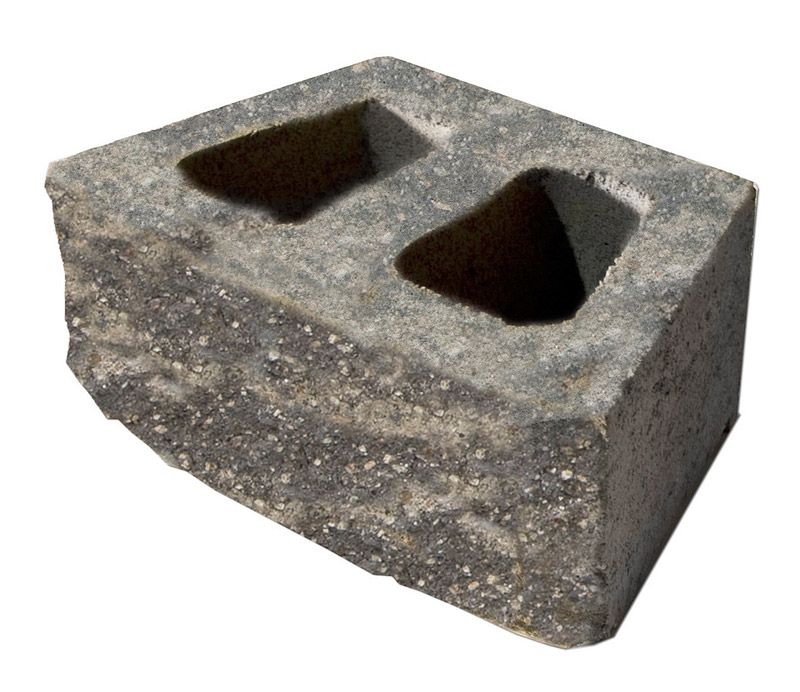
Hollow-core blocks are about half the weight of their solid counterparts. After you set each course, you fill the cores with gravel, making the wall every bit as strong as a solid block wall. However, they’re less versatile. You’ll have to order special blocks for corners and caps. They’re a good choice if you want to ease back strain.
Lip system
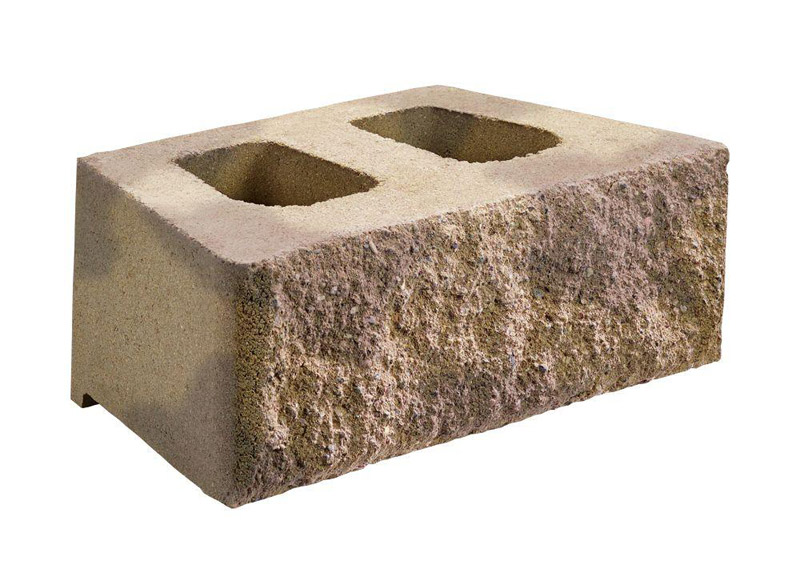
The integral lip or tongue-and-groove system interlocks the blocks and makes the installation fast and easy. You simply drop the blocks in place. Just be sure to stagger the vertical joints between rows. However, it isn’t quite as versatile because you can’t vary the setback.
Pin system
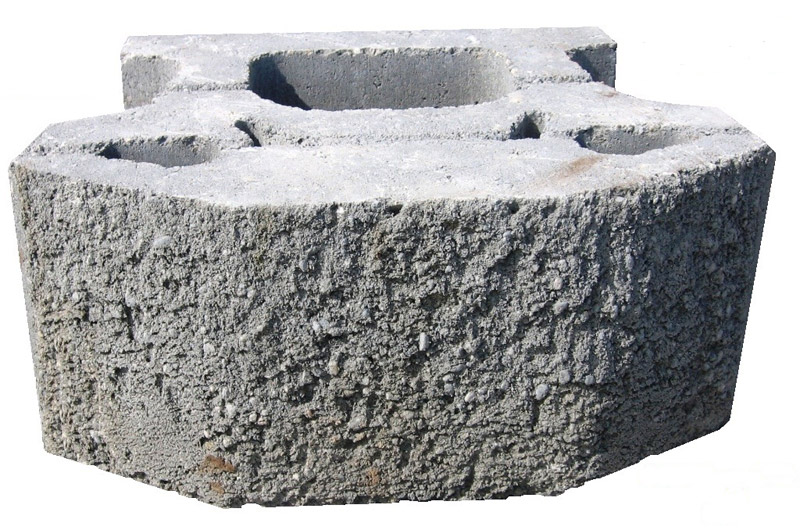
A pin or a clip system, made from tough plastic or fiberglass, anchors each row of blocks to the ones below. These systems are more fussy. You may have to cut blocks to fit some curves to get the pins to fit. And the pins are tough to get in if you’ve spilled gravel or dirt in the pinholes. However, some pinned systems will let you slide the block forward (no setback) if you need a more vertical wall.
Design issues with concrete block
Begin your planning by making a sketch of your proposed wall, including curves, corners, stairs, junctions with the house and any other details. Add dimensions to the drawing so you (or the staff at the landscape yard) can estimate the number of blocks you need and which special blocks to order. These details will also help you decide which block system to choose. Don’t skip this step; it’ll save you hours during construction and prevent big headaches. Be sure to note curves, corners, steps, caps and setbacks.
Corners

Study the corner details on the spec sheets. The blocks they require vary. Sometimes you can split blocks for outside corners and sometimes you have to order special ones. Inside corners don’t require any special blocks. Chances are, you’ll have to rent a diamond blade saw for special cuts if you have more than two corners in your plan.
Steps
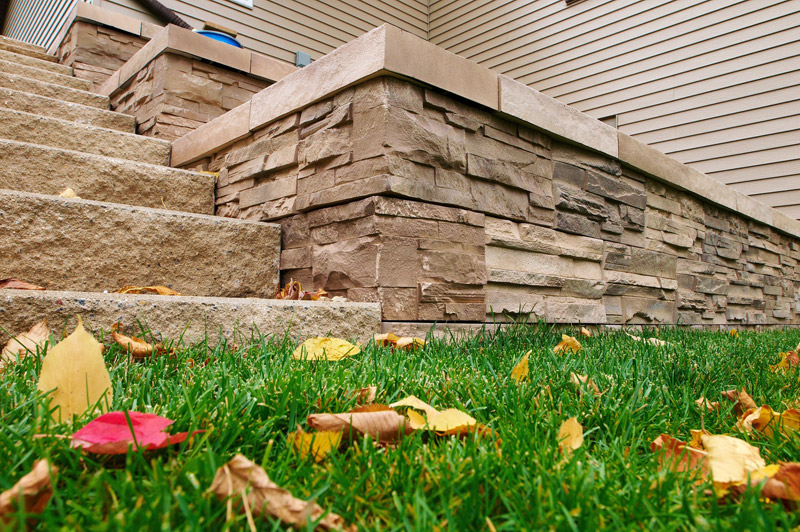
Almost all systems are designed to incorporate steps. Measure the total height of the steps, and using the spec sheet, the dealer will help you order the special blocks needed.
Cap blocks
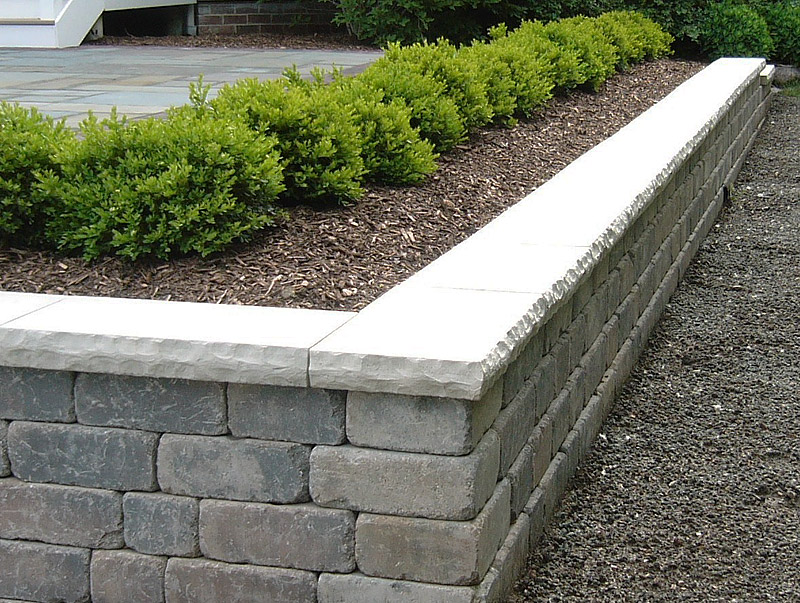
Cap blocks seal the last row of blocks for an attractive appearance. With most systems, you order enough to cover the top of your wall. Check the system’s versatility. Some types handle both curves and straight sections easily. Others may require more cutting.
Setback
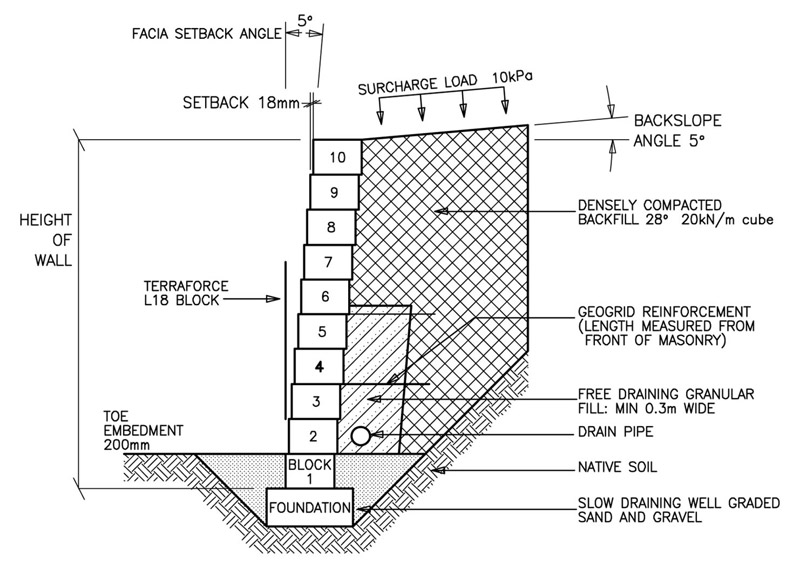
Setback is the amount each course of wall steps back into the slope. Each block system has one or a range of possible setbacks, varying from zero to 1-1/4 in. per row. Sometimes you don’t want much setback, especially where a wall meets the corner of a house. But keep in mind that the setback helps strengthen the wall, so use minimum setback only when absolutely necessary.
Natural stone walls
Stone makes the nicest-looking walls of all. You have a wide variety of choices that will fit just about any style of yard and garden. On the downside, stone is usually more expensive, and the walls require more skill and more time to build. They’ll give your creative skills a workout, as well as your shoulder muscles! Limit your efforts to walls up to 3 ft. high. Pros can build higher stone walls, but typically they require engineering expertise. Stone walls fall into three main types: rubble wall, cut stone and boulder walls.
Rubble wall
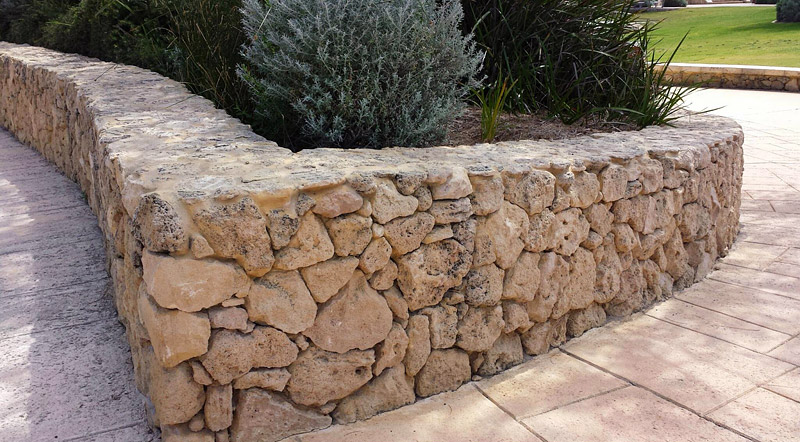
A rubble wall is made of stone of random sizes and shapes fitted tightly together when stacked. Blends of various colors and/or types of stone make these walls attractive and unique. While it’s creative, building this type of wall is time consuming. It takes a while to find the stone that fits just right. Start with a wide base and step the stone back slightly, narrowing the wall at the top. Carefully compact gravel into the joints behind the wall to eliminate voids that could settle later.
Cut stone
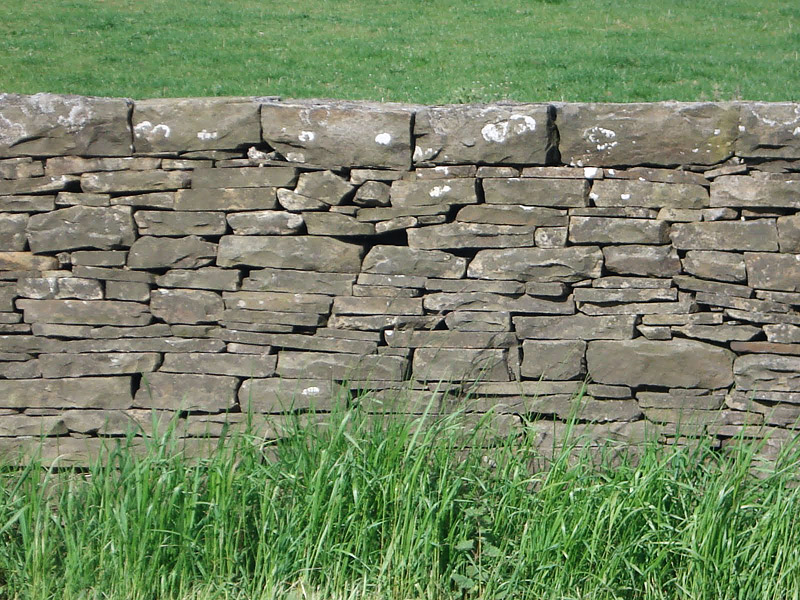
The stone is split at the quarry either 8 in. or 12 in. wide and at several lengths and heights. They weigh 40 to 100 lbs. apiece. Simply stack them in rows or mix heights within a row for a random look. You don’t need mortar. As with a concrete block wall, build a firm gravel base and ensure good drainage. Step each row back into the slope about 1-1/2 in. per foot of wall height.
Boulder walls
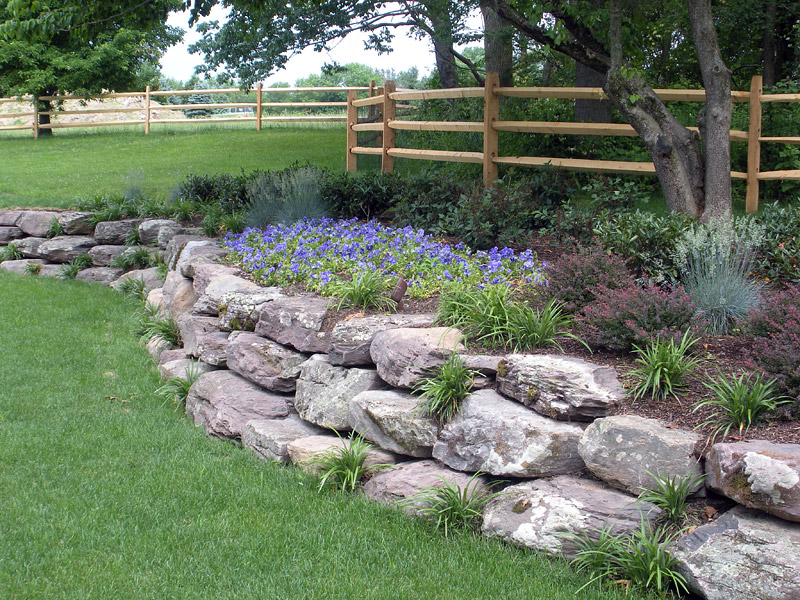
Boulder walls consist of larger stones, typically 8 in. and larger, that are fitted and stacked. The larger the rocks, the larger the wall you can build. Figure on using 8- to 18-in. diameter stones for a 3-ft. high wall. The one big drawback is weight. Even the smaller stones weigh at least 80 lbs. The gaps between stones will also be larger. Place landscape fabric behind the wall to prevent soil from washing through, or fill the gaps with plants.
Wood plank or timber walls
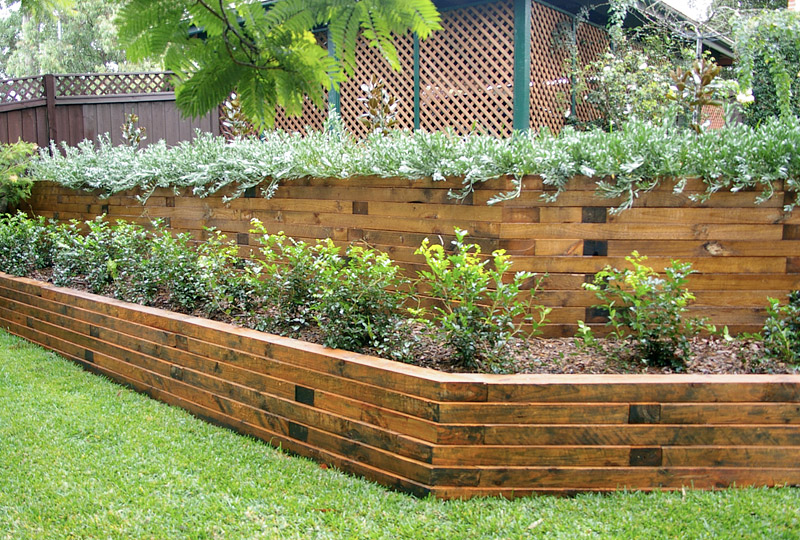
Although fading in popularity, wood walls complement some yards and homes, especially if the home has a rustic appearance (such as stained wood and stone). It’s also a good choice when cost is an issue. You can use either standard lumber (2x4s, 2x6s, 2x8s, etc.), or timbers (4x6s, 6x6s). You can easily incorporate multiple angles and steps. And they’re a great project if you’re a carpenter at heart.
The timber style, which is the most common, gets most of its strength from 6x6s set perpendicular to the face of the wall. A crossed 6×6 at the rear adds additional support. As with other types of walls, set the timbers on a gravel base and provide good drainage behind the wall. Fasten the timbers with long spikes or screws. Choose timbers that have a .40 treatment rating (suitable for ground contact) and seal any cut ends with preservative to prevent rotting. Timbers are usually available in green and brown.

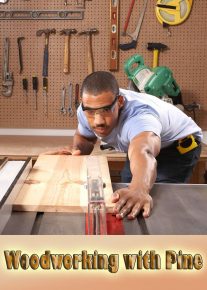
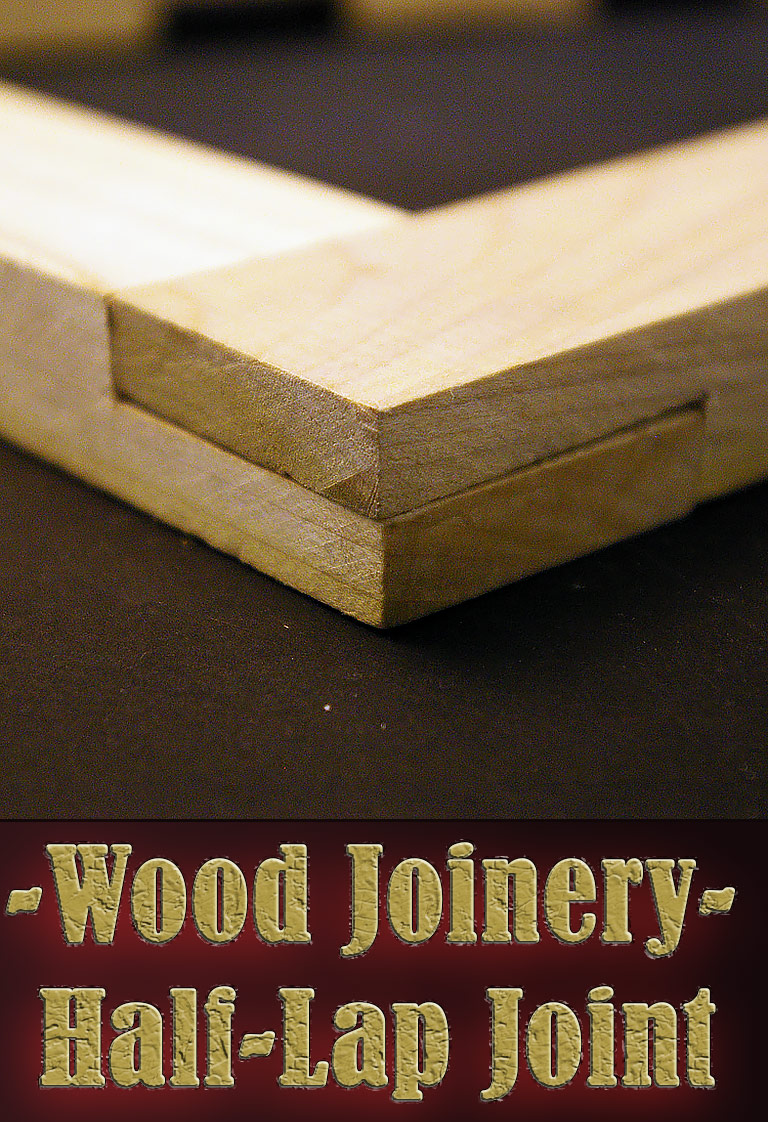

Leave a Reply